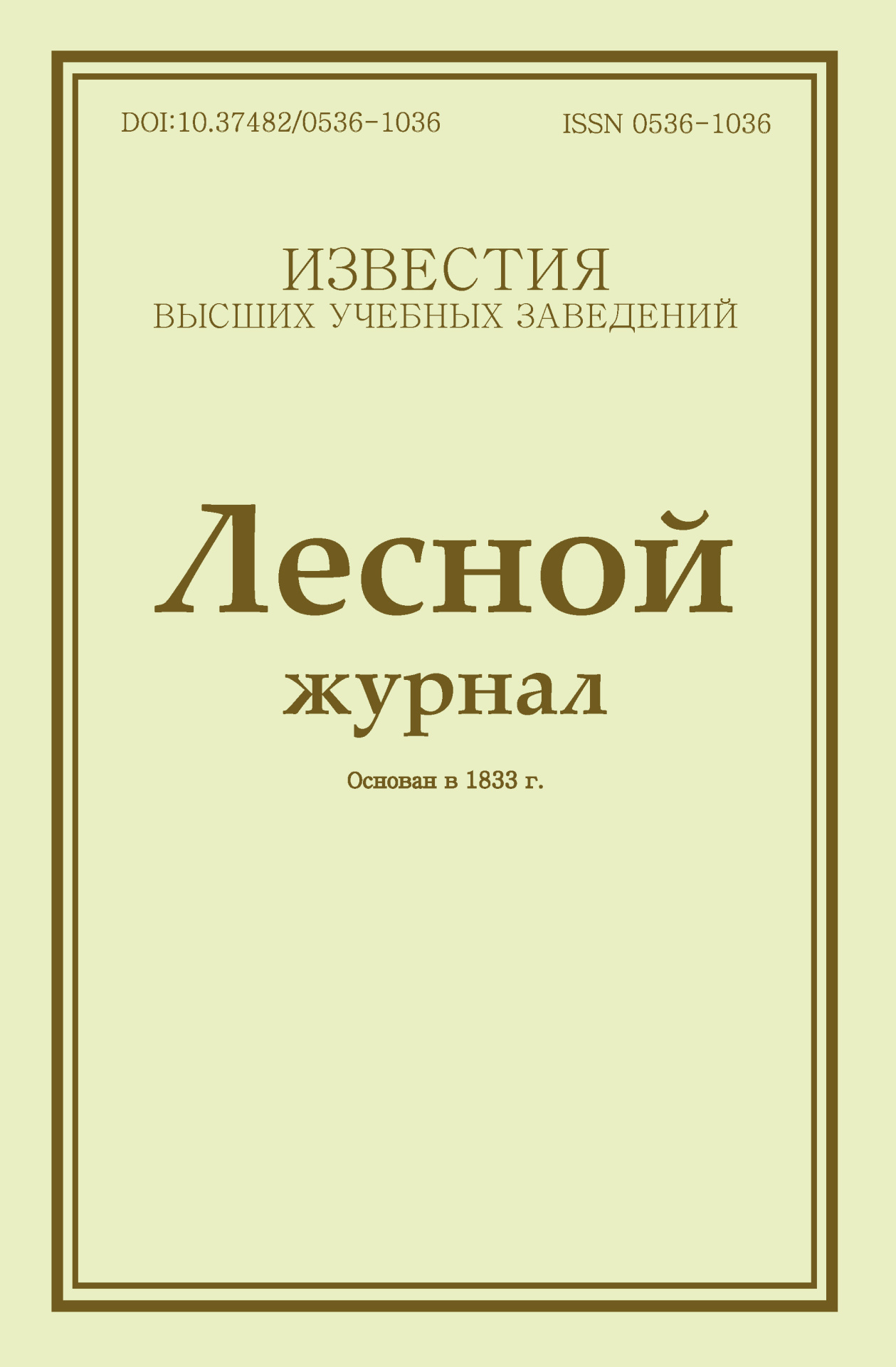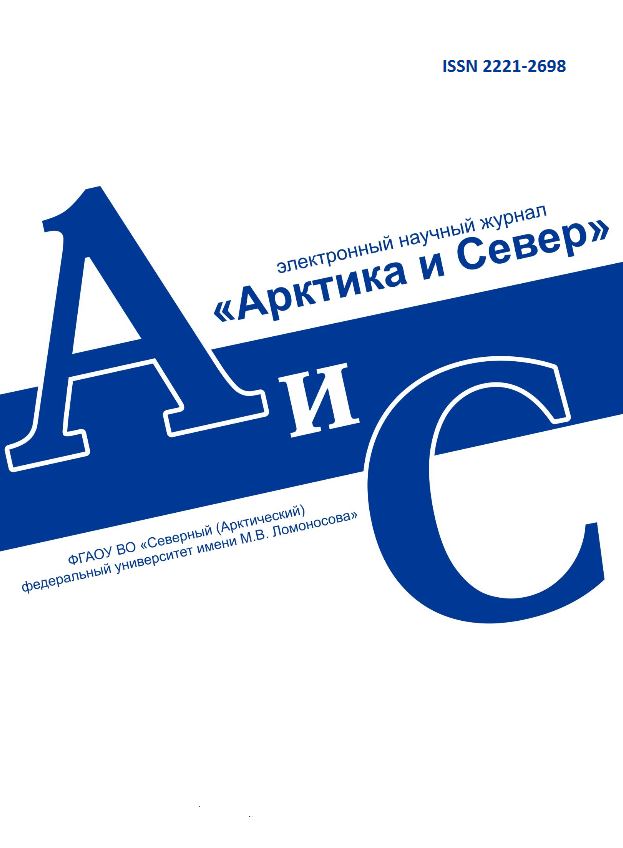Legal and postal addresses of the founder and publisher: Northern (Arctic) Federal University named after M.V. Lomonosov, Naberezhnaya Severnoy Dviny, 17, Arkhangelsk, 163002, Russian Federation Editorial office address: Journal of Medical and Biological Research, 56 ul. Uritskogo, Arkhangelsk Phone: (8182) 21-61-00, ext.18-20
E-mail: vestnik_med@narfu.ru ABOUT JOURNAL
|
Section: Biological sciences Download (pdf, 0.5MB )UDC591.21:612.111.15DOI10.37482/2687-1491-Z170AuthorsOl’ga V. Krasnikova* ORCID: https://orcid.org/0000-0002-4425-1819Mikhail A. Shabalin** ORCID: https://orcid.org/0000-0003-2070-4948 Ol’ga V. Kondrashina* ORCID: https://orcid.org/0000-0002-9769-5173 Marina S. Piskunova* ORCID: https://orcid.org/0000-0002-4189-6259 Anastasiya R. Kondrat’eva* ORCID: https://orcid.org/0000-0001-8450-4537 Natal’ya V. Kol’tyukova* ORCID: https://orcid.org/0000-0003-4341-4476 Ol’ga M. Moskovtseva* ORCID: https://orcid.org/0000-0001-9806-5942 *Privolzhsky Research Medical University (Nizhny Novgorod, Russian Federation) **National Research Lobachevsky State University of Nizhny Novgorod (Nizhny Novgorod, Russian Federation) Corresponding author: Ol’ga Krasnikova, address: pl. Minina i Pozharskogo 10/1, Nizhny Novgorod, 603005, Russian Federation; e-mail: lala-g@yandex.ru AbstractThere is a need to develop and improve conservative treatment methods for malignant liver tumours, since only in a small percentage of cases (10–30 %) radical treatments can be applied. Therefore, of relevance are studies into the effect of hyperthermia on the absorption of antitumour drugs and the effect of bee venom as a physiological therapeutic agent on the energy metabolism of tumour cells. Infrared spectroscopy could potentially be used to study changes in energy metabolism parameters in the blood plasma. The purpose of this article is to assess changes in the concentrations of energy metabolism metabolites in the blood of tumour-bearing animals during hyperthermia under the action of apitoxin using infrared spectroscopy. Materials and methods. The research involved 50 white non-linear female rats, divided into an intact, control and three experimental groups. The control and experimental groups were inoculated with hepatocellular carcinoma. The experimental groups were injected intraperitoneally with honey bee venom followed by hyperthermia sessions at different temperatures (42.5; 43.5 and 44.5 °С). Blood plasma was studied using a spectrophotometer in the wavenumber range of 1170–1025 cm–1. Results. We found a statistically significant increase in adenosine triphosphate concentrations (by 54 %) and a decrease in adenosine monophosphate (by 54 %), adenosine diphosphate (by 18 %) and glucose (by 87 %) levels compared to the control at 42.5 °C hyperthermia under the action of bee venom by the 7th day; however, on the 28th day the opposite effect was observed: an increase in adenosine monophosphate, adenosine diphosphate and glucose concentrations and a decrease in adenosine triphosphate levels. No positive dynamic was detected at other hyperthermia regimens. It is concluded that infrared spectroscopy can be used to assess energy changes in animals with hepatocellular carcinoma at different hyperthermia regimens under the therapeutic effect of bee venom. The optimal conditions for bee venom effects on the body are achieved at 42.5 °C.Keywordsmalignant liver tumours, hepatocellular carcinoma, bee venom, hyperthermia therapy, energy metabolism, infrared spectroscopy of blood serumReferences
|
Make a Submission
INDEXED IN:
|
Продолжая просмотр сайта, я соглашаюсь с использованием файлов cookie владельцем сайта в соответствии с Политикой в отношении файлов cookie, в том числе на передачу данных, указанных в Политике, третьим лицам (статистическим службам сети Интернет).




.jpg)

